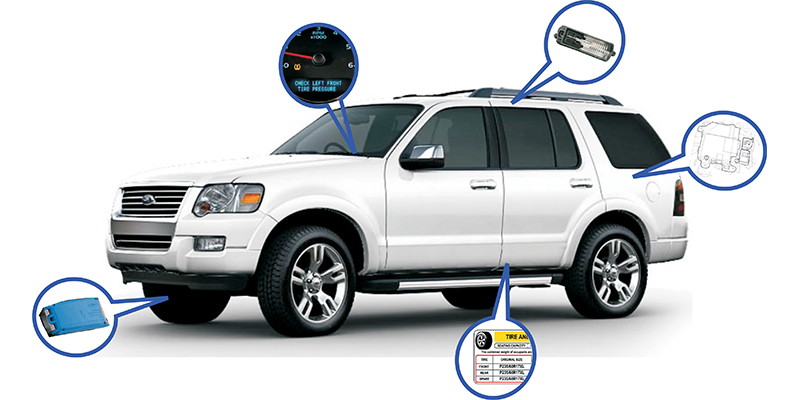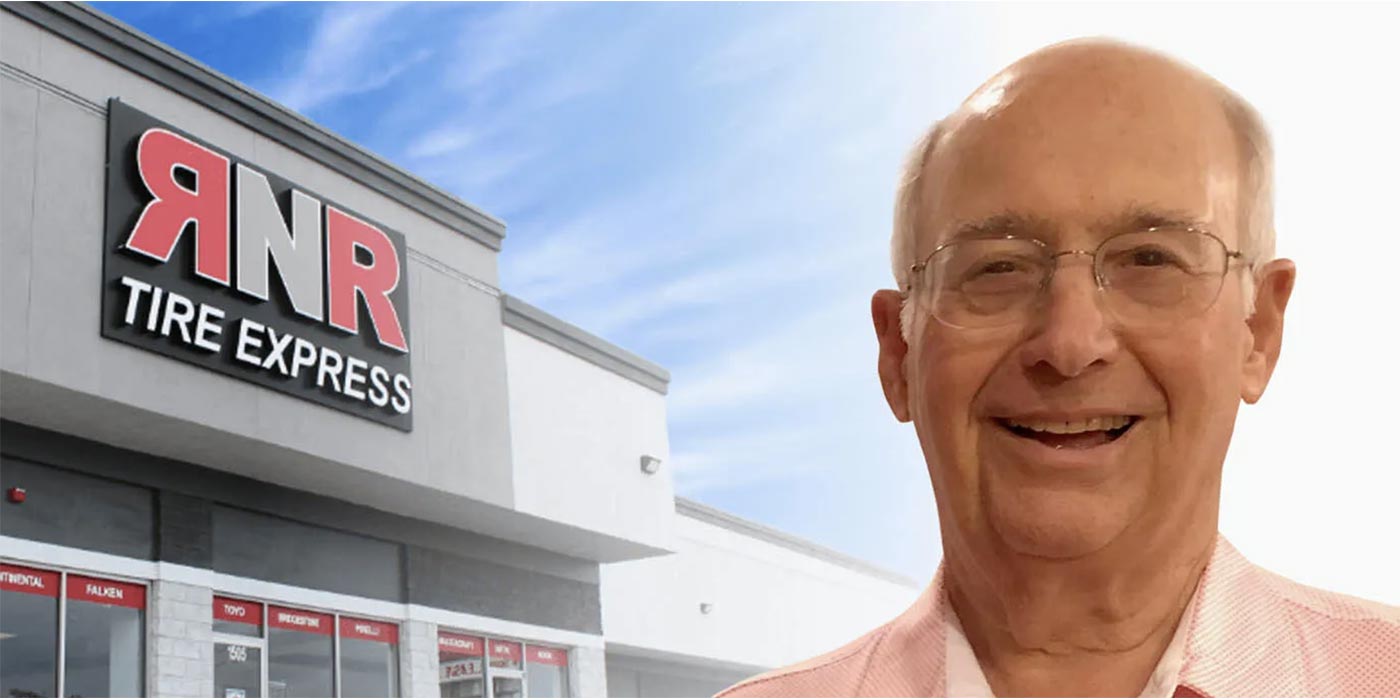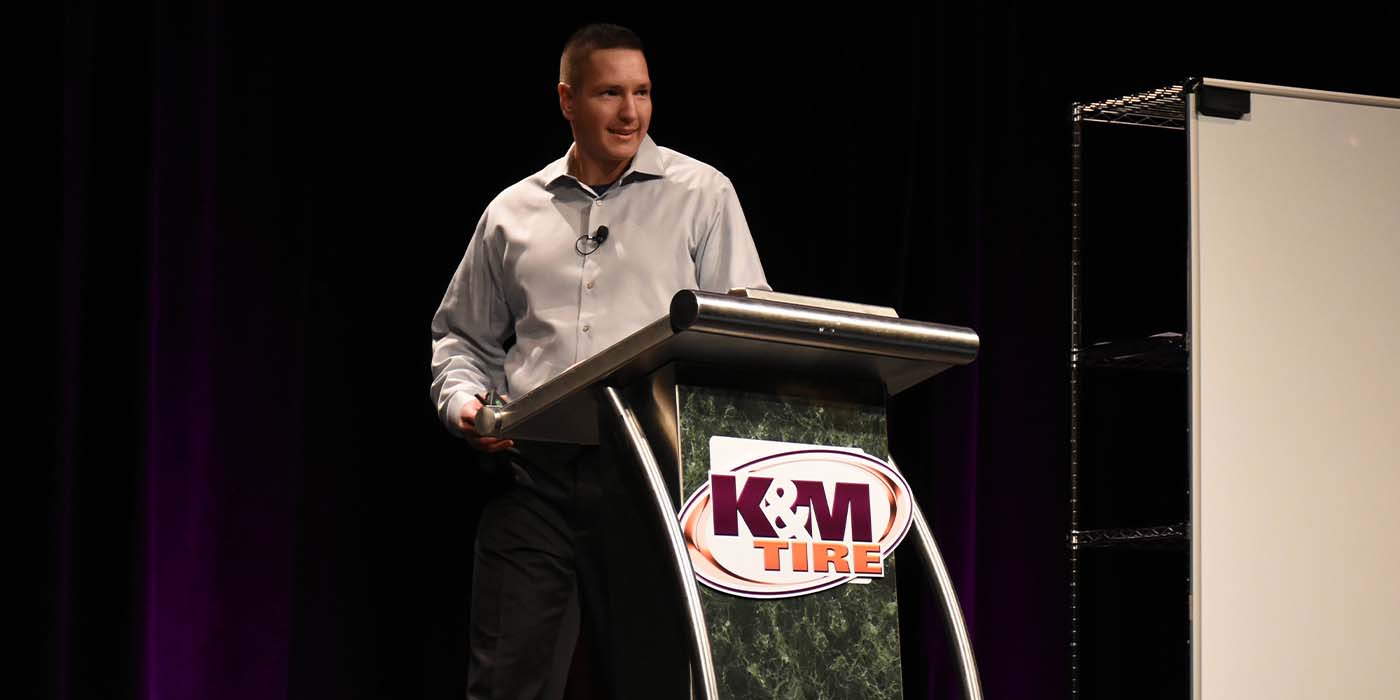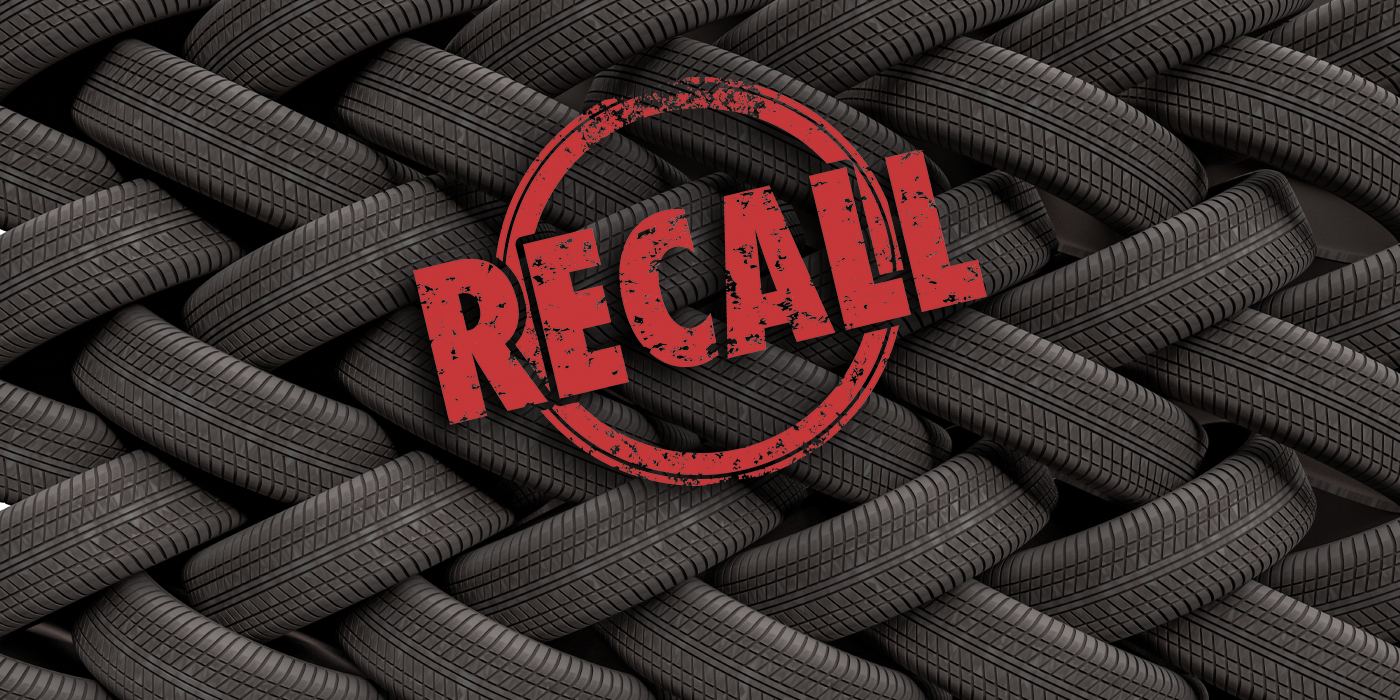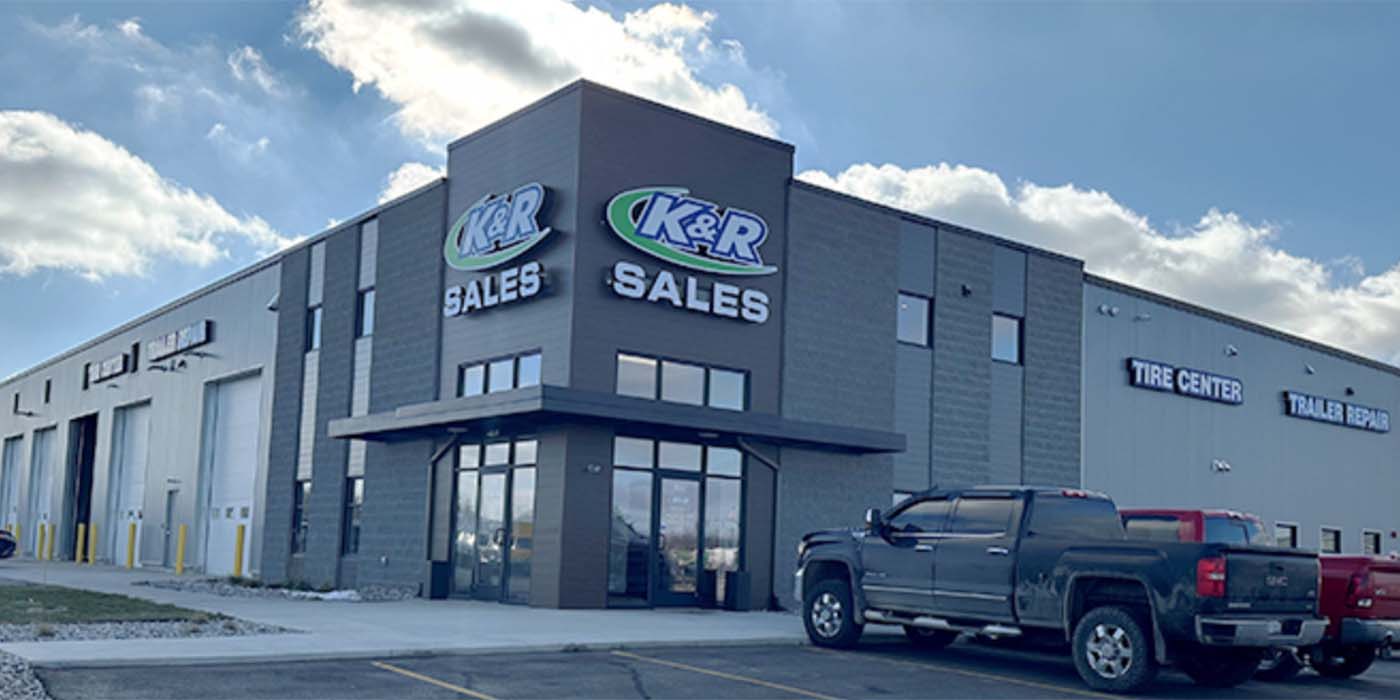Today, all vehicles sold in the United States have some form of a Tire Pressure Monitoring System (TPMS) included as standard safety equipment. While a small percentage are indirect systems, the overwhelming majority of vehicles with TPMS are of the “direct” variety. That means there is a sensor fitted inside the wheel/tire assembly, an antenna (or antennas) somewhere on the vehicle and a UHF receiver mounted.
Direct TPMS has been available on passenger cars and light trucks for a long time, but TPMS really became standard equipment after the TREAD act of 2000 was passed. By 2008, all passenger cars and light trucks had to have TPMS, and today there are hundreds of millions of vehicles on the road with this safety system.
If you’re going to properly service these vehicles when they enter your shop, you should be aware of the options that are available to you regarding service providers and tools, as well as the many styles of replacement sensors.
Diagnostic Tools
The type of TPMS tool needed depends on the level of tire service provided. Basic tire service is simply checking air pressure as part of a multi-point inspection program. In this instance, a basic sensor-testing tool is what is needed.
The basic TPMS tester (or front-counter inspection tool) offers a few advantages. First, it is fast and the “touchless” way to check tire pressure, assuming the vehicle has TPMS of course. Second, and more importantly, the TPMS tester lets the technician know whether the TPMS sensor is functioning or not. This is an often neglected, but hugely important step in limiting liability!
What should be a concern for every service provider is that the TPMS sensors can stop working for various reasons at any time. Obviously, the most common fault is the battery going bad. However, it can sometimes take more than a week or more than a hundred miles before the TPMS MIL flashes on the instrument panel alerting the consumer.
The typical scenario is that a consumer arrives in the shop with a previously failed TPMS sensor, and it’s not discovered by the technician. The shop performs a basic tire rotation. A few days later the TPMS MIL starts flashing and the consumer is back with a complaint! A simple “test before you touch” inspection prevents the shop from owning a bad sensor, and better yet, gives them the opportunity to sell them a replacement if capable.
If a shop is doing more advanced tire service, like tire rotations, tire repair and installation and tire up-fitting or plus sizing (changing the placard), that shop needs a combination-style TPMS tool or what’s commonly known as a TPMS scan tool (one that combines TPMS sensor testing with OBDII programming capability). In these types of tire service, removing and replacing the TPMS sensor is required. Anytime a sensor is replaced, the new one needs to be programmed (or learned) to the vehicle and often time that means a connection to the OBDII port to accomplish the programming. Typically the TPMS scan tool can be used for the test-before-you-touch test, replacement sensor programming, placard adjusting, as well as the OBDII relearn.
Replacement Sensors
As TPMS tool manufacturers, we are often asked “which is the best TPMS replacement sensor?” or “which sensor do you recommend?” Like the answers to so many TPMS questions: “It depends.” Instead of getting into a conversation about brands, here’s some basic information that will hopefully help you decide on the type of replacement sensor that’s right for your business.
TPMS replacement sensors fall into one of three categories: direct replacement; multi-protocol, and programmable. These categories are based on how the sensors are configured, how they operate and whether or not TPMS tools are required in order to use them.
Direct replacement TPMS sensors are typically a “part for part” fitment – one part number cross-references to the OE-fitted part number. These sensors can be purchased in the form of OE equivalent, factory direct or in aftermarket versions. Whenever a new OE part number is created, an update is required from the direct fit replacement fitment guide. This type of sensor, like the OE sensor, requires a TPMS tool to complete the TPMS relearn and to configure, prep or program the sensor.
Multi-protocol TPMS sensors are direct replacements for the original parts except that one sensor contains “many protocols.” As the name suggests, one sensor has been created to “house” multiple sensor output protocols, which means fewer part numbers cover a wide range of OE part numbers. The way these sensors work is that with each transmission, a number of different protocols are sent out. When fitted on the proper vehicle, the correct data is received and processed. Like direct replacement sensors, multi-protocol sensors do not require a tool to prep for use. A TPMS tool however, is required for the relearn process. It’s worth noting that when completing an OBD relearn using a multi-protocol sensor, the TPMS tool must be able to filter protocols transmitted and identify the one for the application being worked on. New OE part numbers can either be a revision in application coverage or sometimes a new part release is required.
Finally, there are programmable replacements sensors. These sensors require programming before installation. This programming step can range from a simple sensor ID copy to a complete protocol and ID setup. There are two primary types of programming: wireless programming uses a low frequency [LF] signal from a TPMS tool or programmer to configure the sensor; the other type of programming is knowns as “contact programmable,” which is programmed through “direct contact” with a programming device (non-wireless). Programmable sensors typically have fewer part numbers and cover a wide range of OE part numbers. Programmable sensors typically require a device or TPMS tool to program them prior to installation and use. Because they are programmable, they tend to offer the latest coverage without part number supersession.
There are numerous manufacturers of each of these TPMS sensor types. Some are the very same manufacturers that supply OE sensors; others are aftermarket suppliers only. Which type of sensor you should consider will largely depend on your business and what works the best for the types of vehicles serviced. It is important to note that whichever solution is selected, using the TPMS service best practices is critical! In other words, regardless of the sensors used, pre-inspection (a.k.a, test before you touch), diagnostics and the all-important TPMS relearn shouldn’t be skipped.
In the world of tire pressure monitoring systems, there is never a shortage of questions, issues or confusion. As you can see, when servicing vehicles with TPMS, there are many options to consider, In most cases, the right solution is a combination of things, like activation tools for front-counter inspection and TPMS scan tools for back-shop diagnostics and repair. Which sensor you use should always be driven by quality and performance.
We’ve just passed the 10th anniversary of the TPMS mandate, plus consumers are keeping their cars longer. That means that very soon, every vehicle that comes into the shop will have TPMS fitted. Will you be ready for them?

